Botox Edmonton | Melasma In Depth
At Edmonton Dermatology we love to train our clients on how to take care of their skin so that it looks as youthful as possible but is also healthy. Every decision we make regarding treating the skin is for the health and beauty of it. As professionals we maintain a high degree of education and experience ourselves. We are constantly upgrading our skills while also learning new relevant information.
As we learn we pass that knowledge on to our patients so that they can maintain healthy and younger looking skin. We believe in aging gracefully but also want our clients to have beautiful glowing skin that increases confidence as our clients go about their day. We have many treatments that will achieve a more even texture and skin tone. Some of these are more intense and invasive but give the longest lasting results, whereas others are quick and relatively painless, but the results are more short-lived.
All treatments are recommended
Each type of treatment is recommended based on what our clients’ needs or desires are. To even the skin tone and skin texture we use laser as the ultimate treatment. As an entry level treatment to help with texture we use Botox and fillers to give a smoother texture to the face. For an entry level treatment for uneven skin tone, we have a relatively new treatment to replace the original chemical peel. This is called HydraFacial. This treatment gives fantastic results without being too invasive.
One area that many of our clients struggle with is melasma. What causes melasma? This is a condition that involves the melanocytes. The melanocytes are the cells in the skin and eyes that are responsible for making and holding the pigment also called melanin. The condition melasma is a problematic deep inset pigmentation in the skin. The overproduction of the melanocytes in turn affects the color of your skin. Although it is harmless and somewhat treatable, it can be unsightly for the bearer of this condition. There are three types of melasma.
Different types of severity
There is epidermal, dermal, and mixed. The epidermal melasma is in the top layer of the skin where it shows an increased amount of melanin. Dermal is when the melanin is increased in the second layer of skin. Mixed means a combination of increased melanin found in both those layers of skin. It is very difficult to get rid of completely.
Melasma can cover the entire face and thus is referred to as pregnancy mask. This presents as darker patches of skin on the face that do not go away. Not everyone gets this to this extent. Some people will have patches only on the cheeks or forehead. It can also be found on the nose although that area is not quite as common. Melasma can be characterized as dark brown speckly patches on the skin.
Why do people get melasma?
After much research and observation one reason for the causes of melasma, is a lot of sun exposure. Once you have it, repeated exposure of your skin to the sun can make it even darker. Another reason women get it more pronounced is due to pregnancy. With all the hormones changing in the body during this time, the skin is easily more affected and melasma can become a condition that plagues the pregnant woman.
Does melasma go away on its own?
Unfortunately, it does not go away. Once the melanocytes start to produce extra melanin they keep doing it because that is their job, and they will not stop. Melasma is a problem that people struggle with for a long time.
Can you permanently cure melasma?
The answer here is unfortunately no. You cannot stop the melanocytes from doing their job nor can you get rid of them. They are there to protect us from the sun exposure. You can, however, help them to slow down in producing the melanin. This in turn fades the darker patches.
How do you prevent melasma? The best way is to protect your skin from the sun. Wear sunscreen, stay out of the sun at peak hours of the day, wear clothing and hats to prevent your skin from the sun, and stay in the shade more especially at peak hours of 11 am to 3 pm. Prevent the susceptible areas that have melasma from getting heat and sun so that they do not keep getting darker.
What types of skincare can help with melasma?
The first thing you want to see is that your skin is flaking off properly and in a natural way. You do not want to see the skin coming off but that it is gently flaking off. Bleaching creams can help suppress those melanocyte cells from showing the darker pigment. The melanocytes will still be there as needed to protect your skin.
As your skin gently naturally peels the cells from underneath come up and they are lighter. This makes the pigmentation much harder to see on the surface of the skin. At this point it is also easier to cover it up with makeup. The three keys to combatting melasma is exfoliating the skin properly, using lightening creams and protecting it from sun exposure with SPF creams.
Most common treatments
What treatments are available for melasma? Laser treatments are going to be the best way to treat melasma. The lasers go into the layers of skin and work to pull out the darker pigmentation. This will help to lighten the skin, and even reset the melanocyte to help calm it down so it will stop producing the excessive melanin. It is still unclear why melasma comes in the first place. It could be sun exposure, hormonal changes or even an immune response.
To treat it without fully knowing why it comes up, makes it hard to prevent it from coming back. That is the trickiest part of treating melasma. Until more is known, lasers help to take that extra pigment out. When you couple that with great skincare you can keep the effect of even skin tone for much longer. The darker pigment can be lightened enough so that its not as noticeable and especially so if you add makeup to cover it completely.


